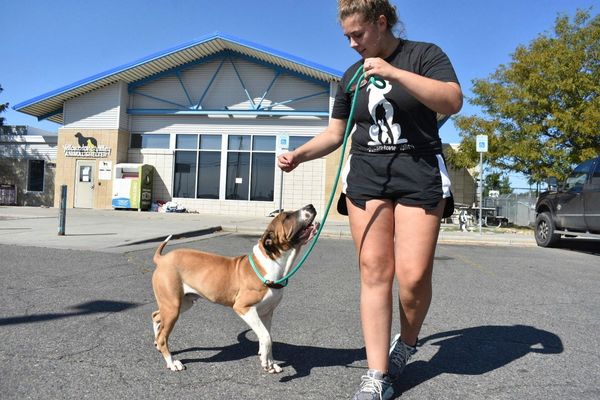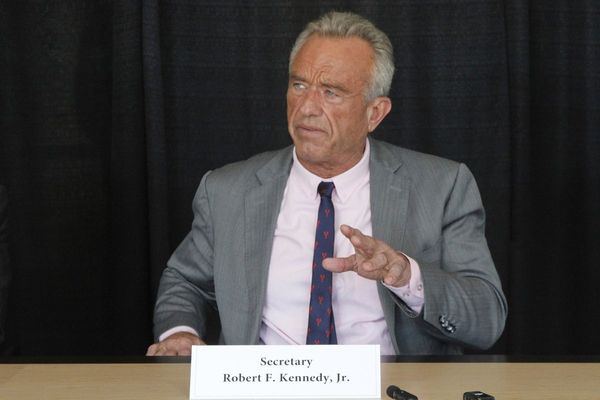
When it comes to the waste of public money, poor administration and — less often — actual rorting, it’s always hard to beat defence, where the projects come with queues of zeroes on the price tags and lifespans that encompass multiple governments.
But infrastructure provision is the quiet achiever of poor government. We often do it very badly. We hardly ever do it well and we spend, and waste, a lot of money on it.
And unlike defence, that happens with minimal public or media interest. The public and the media are really only interested in what infrastructure delivers (or, in the case of the Rozelle interchange in Sydney, how it inflicts problems on other infrastructure). Occasionally blatant pork-barrelling — such as Bridget McKenzie’s sports rorts, or the Morrison government’s car pork rorts, or Gladys Berejiklian effectively telling voters to shut up and put up with pork-barrelling — infuriates people. But the big story on infrastructure isn’t the political interference for partisan goals, as bad as that is. It’s the billions lost due to bad planning and poor process. It’s not an especially sexy story, but it’s a hugely expensive one.
Two reports, one new, one not so new, shine a light on what is our second-biggest waste of taxpayer money.
Infrastructure Australia’s latest market capacity report isn’t so much about government infrastructure planning and management processes, but it identifies why the public sector has to get better at doing infrastructure. It praises the federal government for actively managing the infrastructure pipeline to smooth it out and push back expenditure — something that you would think, if you only read media coverage, was some outrageous crime perpetrated against state governments.
The report says international supply chain issues have improved, but domestic construction and engineering supply is still under pressure — there’s a serious quarry shortage and a growing reliance on imported steel (which, Crikey has noted in the past, is cheaper than local steel). The current 230,000 infrastructure worker shortage, Infrastructure Australia (IA) says, must lead to an infrastructure workforce strategy, especially around engineers.
One of the areas that’s directly within the control of governments is at the centre of IA’s warning that energy, housing, heavy industries and defence are all areas of public policy focus and all will compete for market capacity. Governments want to build lots of renewable generation and transmission capacity; they want to build a lot of housing, especially higher-density housing; they want to reinvigorate Australian heavy manufacturing in areas such as trains and batteries; and they want to build naval vessels locally and start a nuclear submarine program.
In an economy where unemployment is below 4% and the fastest-growing employment sector is none of those areas but in health and caring services, can we actually do all those things? Why are we pretending we should be building a local train or battery industry when we don’t have enough workers as it is? It’s a recipe for ensuring that major projects continue to suffer huge cost blowouts.
The other report worth noting is one conducted at the request of Infrastructure Minister Catherine King by Jane Halton, looking at the national partnerships that are the main mechanism for land transport infrastructure funding and the much-vaunted $120 billion infrastructure pipeline. The report was released in November and attracted next-to-no interest, except from the Australian Automobile Association, which is campaigning hard on better infrastructure data to address a road toll that has begun rising again.
Halton’s review might be dry and of limited interest outside Infrastructure and Halton’s previous department, Finance, but it is alarming in its findings about just how flawed the existing Commonwealth-state infrastructure planning and investment process is. Halton identifies:
- a lack of connection between the principles behind the current national partnership agreement and detail that explains how they’ll be achieved;
- a lack of systemic data gathering or outcomes analysis;
- announcing projects as “approved” before basic due diligence is done;
- administrative arrangements that don’t adjust for risk or size, leading to “commencement delays, cost overruns, and duplication”.
That is, the Commonwealth doesn’t explain how its goals for infrastructure funding will be achieved, doesn’t collect data to see if they are being achieved, doesn’t require states to have a well-founded idea of costs before committing to them, and manages the whole process inflexibly.
Remember, this is all separate from the other area of traditional infrastructure project mismanagement, the lack of rational, evidence-based project selection based on independent assessments of their costs and benefits.
So look at it from this angle: we’re investing hundreds of billions across multiple major industries at once despite workforce shortages; we don’t pick infrastructure projects well in the first place; we don’t rigorously work out their costs; we don’t really know what we’re trying to do with our investment; we don’t manage them well.
And that’s just business as usual — it gets much worse when there’s blatant pork-barrelling, or when governments short circuit their own infrastructure investment safeguards, as the Andrews government did with the disastrous suburban rail loop projects slammed by the Victorian ombudsman last week.
The unnecessary spending must run, conservatively, into the tens of billions — money that could be invested in other infrastructure, in other goods and services provided by the government, or in lower taxes.
Unglamorous doesn’t mean unimportant. Bureaucratic doesn’t mean banal. Infrastructure is a very expensive policy black hole.







